4-Methylcinnamic acid
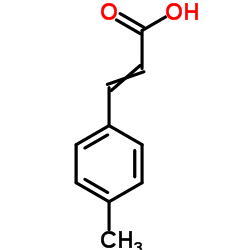
4-Methylcinnamic acid structure
|
Common Name | 4-Methylcinnamic acid | ||
|---|---|---|---|---|
| CAS Number | 1866-39-3 | Molecular Weight | 162.185 | |
| Density | 1.1±0.1 g/cm3 | Boiling Point | 300.6±11.0 °C at 760 mmHg | |
| Molecular Formula | C10H10O2 | Melting Point | 196-198 °C(lit.) | |
| MSDS | Chinese USA | Flash Point | 206.1±10.2 °C | |
Use of 4-Methylcinnamic acid4-Methylcinnamic acid, a Cinnamic acid analog, can be used as a intervention catalyst for overcoming antifungal tolerance. 4-Methylcinnamic acid can improve the potency of cell wall-disrupting agents[1]. |
| Name | 4-Methylcinnamic acid |
|---|---|
| Synonym | More Synonyms |
| Description | 4-Methylcinnamic acid, a Cinnamic acid analog, can be used as a intervention catalyst for overcoming antifungal tolerance. 4-Methylcinnamic acid can improve the potency of cell wall-disrupting agents[1]. |
|---|---|
| Related Catalog | |
| References |
| Density | 1.1±0.1 g/cm3 |
|---|---|
| Boiling Point | 300.6±11.0 °C at 760 mmHg |
| Melting Point | 196-198 °C(lit.) |
| Molecular Formula | C10H10O2 |
| Molecular Weight | 162.185 |
| Flash Point | 206.1±10.2 °C |
| Exact Mass | 162.068085 |
| PSA | 37.30000 |
| LogP | 2.87 |
| Vapour Pressure | 0.0±0.7 mmHg at 25°C |
| Index of Refraction | 1.603 |
| InChIKey | RURHILYUWQEGOS-VOTSOKGWSA-N |
| SMILES | Cc1ccc(C=CC(=O)O)cc1 |
| Personal Protective Equipment | Eyeshields;Gloves;type N95 (US);type P1 (EN143) respirator filter |
|---|---|
| Hazard Codes | Xi: Irritant; |
| Risk Phrases | R36/37/38 |
| Safety Phrases | S24/25 |
| RIDADR | NONH for all modes of transport |
| WGK Germany | 3 |
| HS Code | 2916399090 |
| Precursor 10 | |
|---|---|
| DownStream 10 | |
| HS Code | 2916399090 |
|---|---|
| Summary | 2916399090 other aromatic monocarboxylic acids, their anhydrides, halides, peroxides, peroxyacids and their derivatives VAT:17.0% Tax rebate rate:9.0% Supervision conditions:none MFN tariff:6.5% General tariff:30.0% |
|
Convenient QSAR model for predicting the complexation of structurally diverse compounds with β-cyclodextrins
Bioorg. Med. Chem. 17 , 896-904, (2009) This paper reports a QSAR study for predicting the complexation of a large and heterogeneous variety of substances (233 organic compounds) with beta-cyclodextrins (beta-CDs). Several different theoret... |
|
|
Structure-activity relationships of trans-substituted-propenoic acid derivatives on the nicotinic acid receptor HCA2 (GPR109A).
Bioorg. Med. Chem. Lett. 21 , 2736-9, (2011) Nicotinic acid (niacin) has been used for decades as an antidyslipidemic drug in man. Its main target is the hydroxy-carboxylic acid receptor HCA2 (GPR109A), a G protein-coupled receptor. Other acids ... |
| 4-Methylciamic acid |
| BASF Luwipal 044 |
| 3-(4-methylphenyl)-2-propenoic acid |
| 3-(p-Tolyl)acrylic acid |
| 3-(4-Methylphenyl)acrylic acid |
| trans-4-methylcinnamic acid |
| 3-P-TOLYL-ACRYLIC ACID |
| (2E)-3-(4-Methylphenyl)acrylic acid |
| (2E)-3-(4-methylphenyl)prop-2-enoic acid |
| 4-MethylcinnaMic Acid |
| P-methycinnamic acid |
| 2-Propenoic acid, 3-(4-methylphenyl)-, (2E)- |
| p-Methyl cinnamic acid |
| P-METHYLCINNAMIC ACID |
| 2-Propenoic acid, 3-(4-methylphenyl)- |
| MFCD00002697 |
| RARECHEM BK HC T309 |
| EINECS 217-479-9 |
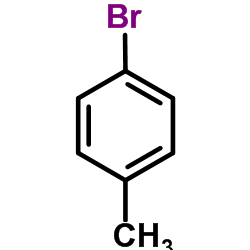 CAS#:106-38-7
CAS#:106-38-7 CAS#:79-10-7
CAS#:79-10-7 CAS#:624-31-7
CAS#:624-31-7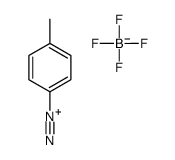 CAS#:459-44-9
CAS#:459-44-9 CAS#:201230-82-2
CAS#:201230-82-2 CAS#:60655-80-3
CAS#:60655-80-3 CAS#:141-82-2
CAS#:141-82-2 CAS#:104-87-0
CAS#:104-87-0 CAS#:292638-85-8
CAS#:292638-85-8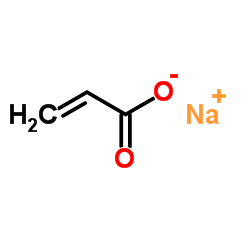 CAS#:7446-81-3
CAS#:7446-81-3 CAS#:4714-21-0
CAS#:4714-21-0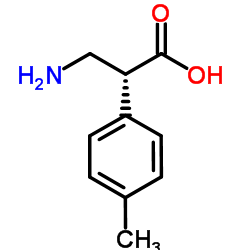 CAS#:479064-87-4
CAS#:479064-87-4 CAS#:1991-87-3
CAS#:1991-87-3 CAS#:622-97-9
CAS#:622-97-9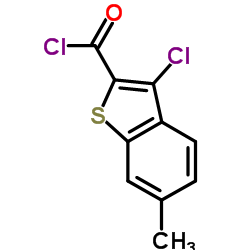 CAS#:34576-87-9
CAS#:34576-87-9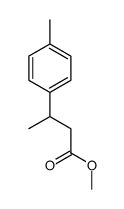 CAS#:24254-66-8
CAS#:24254-66-8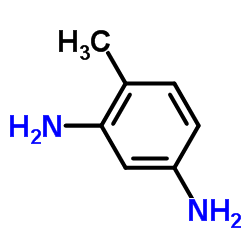 CAS#:95-80-7
CAS#:95-80-7 CAS#:298-12-4
CAS#:298-12-4 CAS#:20754-20-5
CAS#:20754-20-5
